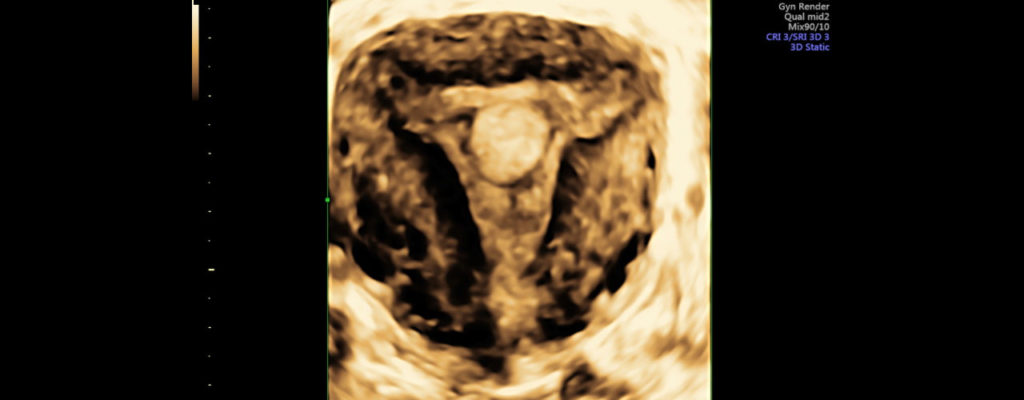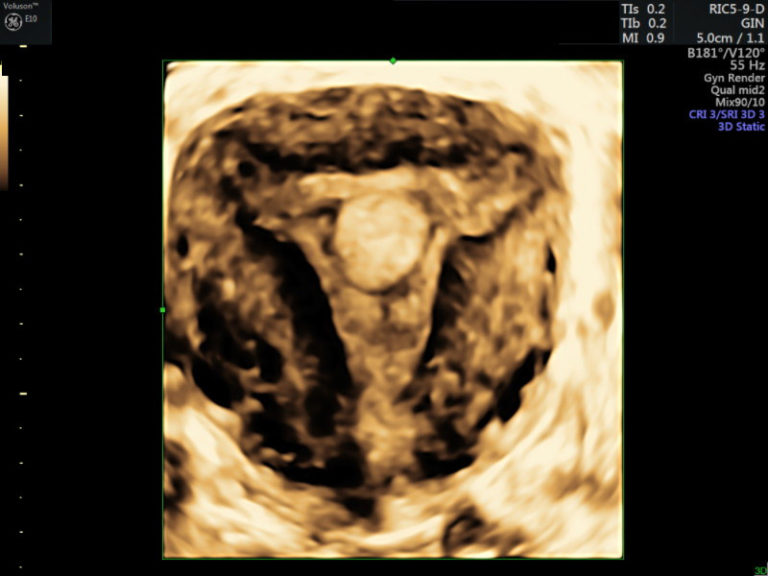
R Heremans, L Wynants, L Valentin, F P G Leone, M A Pascual, R Fruscio, A C Testa, F Buonomo S Guerriero, E Epstein, T Bourne, D Timmerman, T Van den Bosch; IETA Consortium.
Ultrasound Obstet Gynecol. 2024 Apr;63(4):556-563. DOI: 10.1002/uog.27530
A multicentre observational study, with the participation of Dr Mª Angela Pascual, Senior Consultant and Director of R&D&I of Gynaecological Diagnostic Imaging at Dexeus Mujer, has assessed the ability of the International Endometrial Tumour Analysis (IETA)-1 polynomial regression model to estimate the risk of endometrial cancer (EC) and other intracavitary uterine pathology in women without abnormal uterine bleeding.
The IETA-1 model, which was created using data from patients with abnormal uterine bleeding, predicts four histological outcomes: EC or endometrial intraepithelial neoplasia (EIN); endometrial polyp or intracavitary myoma; proliferative or secretory endometrium, endometritis or endometrial hyperplasia without atypia; and endometrial atrophy.
The study was conducted on a cohort of 1745 women. It included women who underwent a standardised transvaginal ultrasound in one of seven ultrasound centres between January 2011 and December 2018. The ultrasound was performed either as part of a routine gynaecological examination, during follow-up for non-endometrial pathology, in the work-up before fertility treatment, or before treatment for uterine prolapse or ovarian pathology. Ultrasound findings were described using IETA terminology and compared with histology, or with the results of a clinical and ultrasound follow-up of at least 1 year if no endometrial sampling was performed.
The authors conclude that the IETA-1 model discriminates well between benign and malignant conditions in the uterine cavity in patients without abnormal bleeding, but it overestimates the risk of malignancy. It also discriminates well between the four histological outcome categories.
